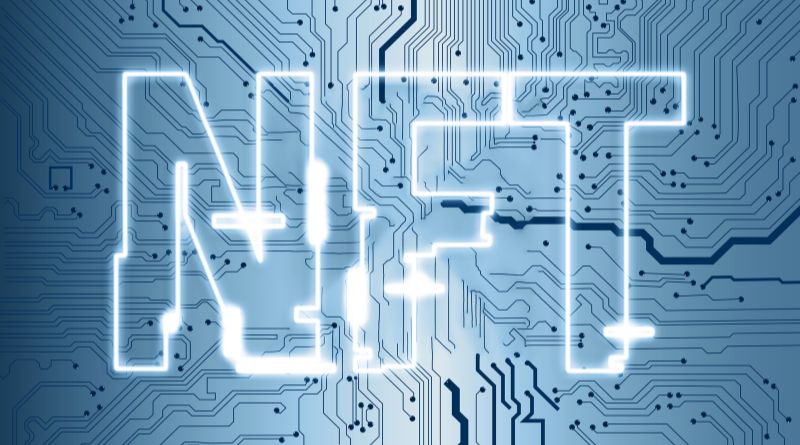The primary difference between an online business and a physical (brick-and-mortar) business lies in how they operate and interact with customers. Here’s a breakdown of the key differences:
1. Location and Accessibility
- Online Business: Operates entirely on the internet, allowing customers to access products or services from anywhere at any time. There’s no need for a physical storefront.
- Physical Business: Requires a physical location where customers visit to purchase goods or services. Accessibility is limited by geography and business hours.
2. Startup Costs
- Online Business: Generally has lower startup costs because there’s no need for rent, utilities, or physical inventory space. However, there may be costs for website development, hosting, and digital marketing.
- Physical Business: Typically has higher startup costs due to rent or purchase of a location, utilities, interior design, and physical inventory. Additional costs include licenses, permits, and physical marketing materials.
3. Customer Interaction
- Online Business: Interactions are mostly digital, through email, chat, or social media. Customer service is often handled through automated systems, though live support can also be provided.
- Physical Business: Interactions are face-to-face, allowing for personal customer service and immediate feedback. Relationships with customers can be more personalized.
4. Marketing and Reach
- Online Business: Digital marketing is crucial, with strategies including SEO, social media marketing, email campaigns, and online ads. The reach is global, allowing businesses to target customers worldwide.
- Physical Business: Marketing is often more localized, focusing on community engagement, local advertising, and in-store promotions. Reach is generally limited to the surrounding area.
5. Operating Hours
- Online Business: Can operate 24/7, providing continuous access to products or services. This flexibility allows customers to shop at their convenience.
- Physical Business: Usually has fixed operating hours, limiting when customers can visit. This may restrict sales to specific times of day or days of the week.
6. Inventory and Supply Chain
- Online Business: Often utilizes drop-shipping, where products are shipped directly from suppliers to customers, reducing the need for large inventory storage. E-commerce platforms can manage inventory digitally.
- Physical Business: Requires physical storage space for inventory, which can increase costs. Inventory management is more hands-on, with stock needing to be displayed and managed on-site.
7. Overhead Costs
- Online Business: Lower overhead costs as there’s no need for a physical store. Costs are usually related to technology (website, hosting, software) and digital marketing.
- Physical Business: Higher overhead costs due to rent, utilities, maintenance, and staffing for the physical location. There are also costs associated with physical inventory and display.
8. Scalability
- Online Business: Easily scalable. Adding new products, expanding to new markets, or increasing traffic can be done with minimal additional costs. Digital tools and platforms can automate much of the growth process.
- Physical Business: Scaling typically requires opening new locations, increasing inventory, and hiring more staff, all of which involve significant investment and logistical planning.
9. Competition
- Online Business: Faces global competition since customers can easily compare products and prices from businesses worldwide. Standing out requires strong branding, excellent service, and effective online marketing.
- Physical Business: Competition is often more localized, and businesses may rely on factors like location, customer service, and community reputation to differentiate themselves.
10. Payment Methods
- Online Business: Payments are processed through online payment gateways (e.g., PayPal, credit cards, digital wallets). Security is a major concern, requiring robust encryption and fraud prevention measures.
- Physical Business: Payments are typically made in person, using cash, credit/debit cards, or other local payment methods. The point-of-sale system is crucial for transaction processing.
11. Customer Experience
- Online Business: Focuses on user experience through website design, ease of navigation, fast checkout, and reliable shipping. Customer experience is heavily influenced by the digital interface.
- Physical Business: Customer experience is shaped by the store’s atmosphere, layout, customer service, and in-store interactions. Physical touchpoints play a significant role in customer satisfaction.
12. Return and Refund Processes
- Online Business: Returns are managed through shipping, which can complicate the process for customers. Clear policies and efficient handling are essential to maintain customer trust.
- Physical Business: Returns and refunds are usually processed in-store, allowing for immediate resolution of issues and personal interaction during the process.
13. Legal and Regulatory Considerations
- Online Business: Must comply with online privacy laws, data protection regulations (like GDPR), and e-commerce laws. Compliance with international laws is necessary if operating globally.
- Physical Business: Must adhere to local business regulations, zoning laws, health and safety codes, and labor laws specific to the location.
ALSO READ:
Conclusion
Both online and physical businesses have their unique advantages and challenges. The right choice depends on your business goals, resources, target market, and personal preferences.
Some businesses even choose to operate a hybrid model, combining the strengths of both online and physical presence to maximize their reach and customer experience.


